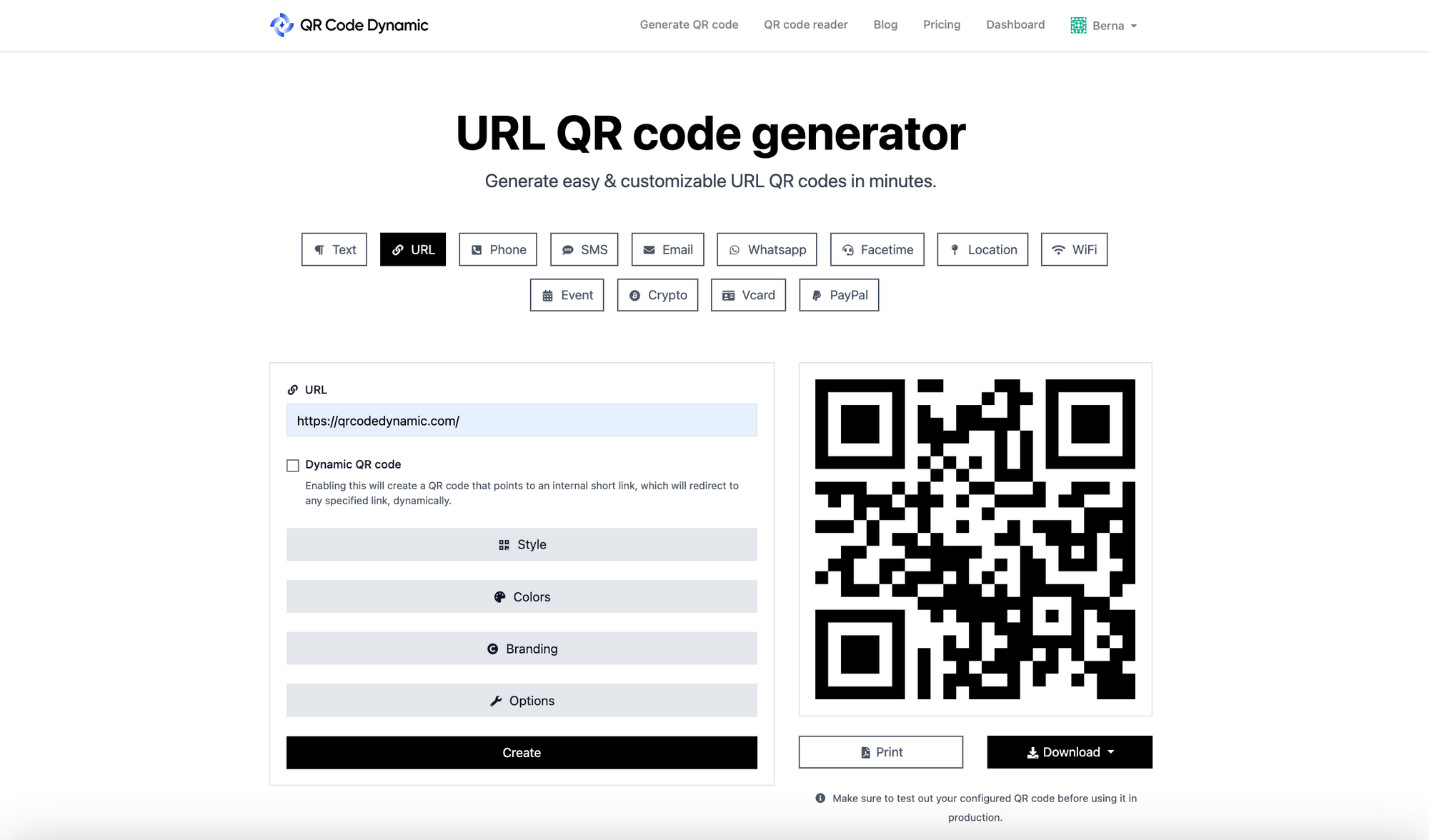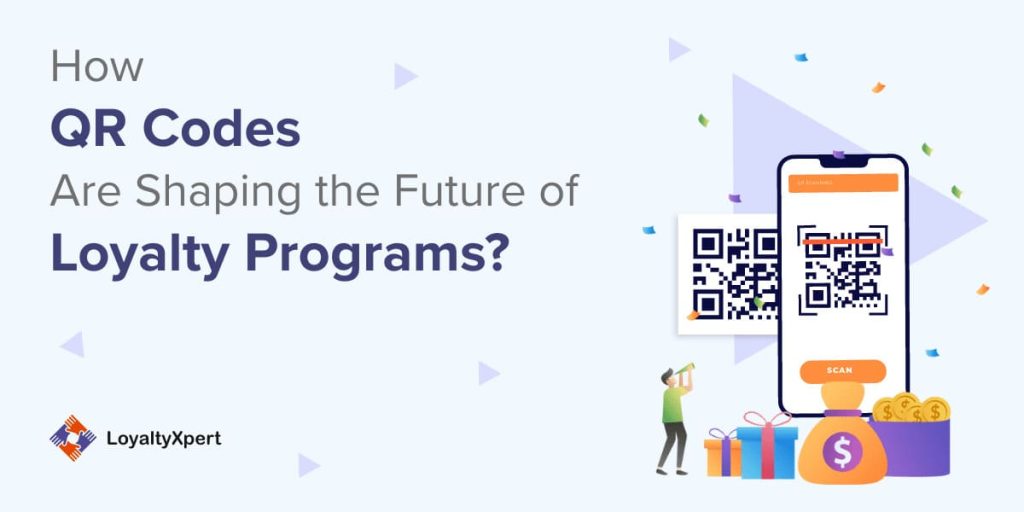Why Every Company Should Have a Loyalty System to Compensate Consumers
Why Every Company Should Have a Loyalty System to Compensate Consumers
Blog Article
Increase Consumer Retention With a Powerful Commitment System
In today's affordable market, boosting customer retention is not simply beneficial however essential for continual development. A well-designed loyalty system offers as an essential device in this undertaking, cultivating purposeful partnerships between businesses and their customers. By recognizing the fundamental components of effective commitment programs, organizations can customize their techniques to meet varied customer demands.
Importance of Consumer Retention
Consumer retention is a foundation of lasting company success. It reflects the ability of a firm to keep its customers involved and satisfied with time, bring about duplicate purchases and long-term productivity. Keeping existing clients is frequently a lot more economical than getting new ones, as it minimizes marketing expenditures and promotes a faithful customer base that promotes for the brand.

In enhancement, high customer retention rates can boost a company's reputation out there, bring in new consumers with favorable word-of-mouth and recommendations. Services that prioritize consumer retention are also much better positioned to gather valuable comments, enabling them to improve their offerings and address prospective concerns proactively. Ultimately, effective client retention techniques create a strong structure for development, permitting organizations to flourish in an increasingly competitive landscape.
Secret Parts of Loyalty Programs
A well-designed commitment program offers as a powerful device for improving client retention by supplying incentives that motivate repeat organization. To attain this, a number of key elements have to be integrated right into the program.
First, a clear structure for rewards is crucial. Consumers ought to conveniently recognize just how to make incentives or factors, which can be based on purchase regularity, spending levels, or particular activities like references. This transparency fosters count on and encourages interaction.
Second, personalization plays a vital duty. Tailoring rewards and communication to private preferences boosts consumer fulfillment and reinforces partnerships. By leveraging data analytics, companies can use targeted promotions that reverberate with consumers' passions.
Third, convenience of usage is important. A smooth sign-up process and an instinctive interface for tracking benefits can dramatically improve client experience. If consumers locate it cumbersome to navigate the program, they might disengage.
Last but not least, routine communication and updates about the program keep it top-of-mind for clients. Informing them of new benefits, unique deals, or program changes aids maintain passion and engagement.
Including these components efficiently can result in a much more effective loyalty program that considerably boosts client retention.
Types of Loyalty Systems
Checking out different kinds of loyalty systems exposes distinct approaches that organizations can adopt to promote client retention. One typical type is the points-based system, where consumers make points for every single purchase, which can later be redeemed for rewards. This straightforward method incentivizes repeat purchases and maintains consumers involved.

Cashback loyalty programs, where consumers receive a portion of their acquisitions back as money or shop debt, are also popular. This design straight compensates costs, producing a prompt motivation for clients to return.
Furthermore, subscription-based loyalty systems offer consumers with unique benefits in exchange for a go to this web-site reoccuring fee. This approach not only ensures a constant revenue stream but likewise cultivates lasting connections with clients that value ongoing advantages.
Last but not least, experiential commitment programs concentrate on using unique experiences, such as unique occasions or tailored solutions, boosting emotional links and brand loyalty. Each kind of commitment system supplies unique benefits, permitting services to align their approaches with client choices.
Best Practices for Application
When applying a commitment system, services need to prioritize recognizing their client base to customize the program properly. Conducting thorough research to recognize consumer choices, inspirations, and habits is crucial. This understanding will certainly lead the style of the loyalty program, ensuring it reverberates with the target audience.
Picking a version that lines up with customer assumptions can enhance involvement. Furthermore, simplicity is important; consumers ought to conveniently understand how to gain and redeem rewards.
Combination with existing systems is an additional best method. The loyalty program must perfectly link with point-of-sale systems, mobile apps, and client connection administration (CRM) devices to provide a cohesive experience. Moreover, effective communication is essential. Companies must routinely promote the loyalty program through different networks, guaranteeing consumers are aware of the advantages.
Finally, collecting continuous feedback is crucial for continual enhancement. Solicit consumer input to fine-tune the program and adapt to transforming choices, ultimately promoting lasting commitment and improving client contentment.
Measuring Loyalty Program Success
Efficiently applying a commitment program prepares for determining its efficiency. To determine success, organizations must develop clear metrics that straighten with their objectives. Key performance indicators (KPIs), such as customer retention rates, ordinary purchase value, and frequency of repeat purchases, supply useful understandings right into program efficiency.
An additional critical measure is the redemption rate, which shows just how commonly clients use their more benefits. A high redemption price frequently shows a program's beauty and relevance to consumers. Additionally, tracking client interaction via participation in unique promos or occasions can disclose trends in loyalty habits.
Client responses is additionally vital; surveys and focus groups can light up assumptions of the commitment program, highlighting areas for enhancement. Evaluating client life time value (CLV) can help evaluate the financial impact of commitment efforts.
Executing these dimension methods allows services to assess the program's performance consistently. This data-driven look at this site technique makes it possible for notified choices for enhancing offerings, enhancing customer experiences, and ultimately promoting deeper client commitment. By frequently evaluating these metrics, organizations can ensure their loyalty programs advance in tandem with client expectations and market dynamics.

Final Thought
Finally, a well-structured loyalty program substantially improves consumer retention by promoting solid links via personalized rewards and reliable interaction. Executing finest practices guarantees that the program continues to be relevant and user-friendly, while continuous feedback facilitates ongoing renovations. Inevitably, an effective commitment system not only boosts client satisfaction but additionally drives repeat acquisitions, developing a loyal customer base that is important for long-lasting organization success and sustained productivity.
Preserving existing customers is typically extra affordable than obtaining brand-new ones, as it minimizes advertising expenses and promotes a devoted consumer base that supports for the brand.
In addition, high consumer retention rates can boost a firm's track record in the market, drawing in new consumers with positive word-of-mouth and references.When implementing a loyalty system, companies should focus on comprehending their client base to customize the program properly. Services need to consistently advertise the commitment program with numerous channels, guaranteeing clients are aware of the benefits.
Eventually, an effective loyalty system not just boosts consumer fulfillment however also drives repeat acquisitions, establishing a faithful customer base that is vital for long-lasting organization success and maintained productivity.
Report this page